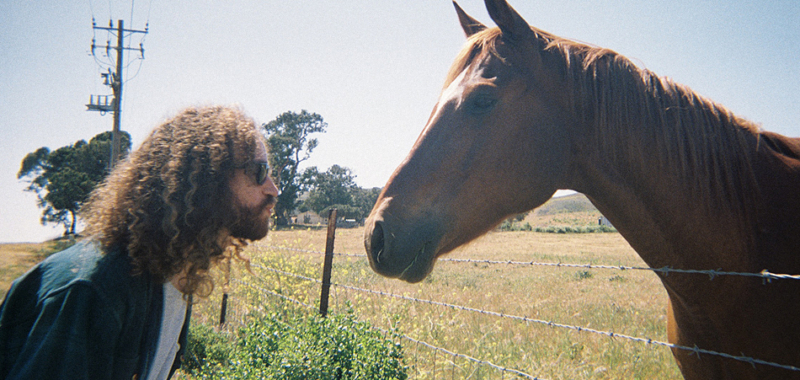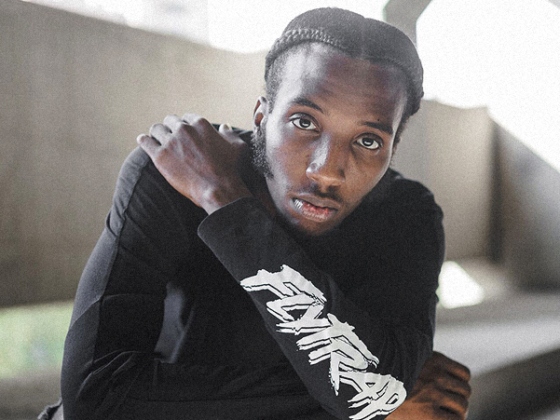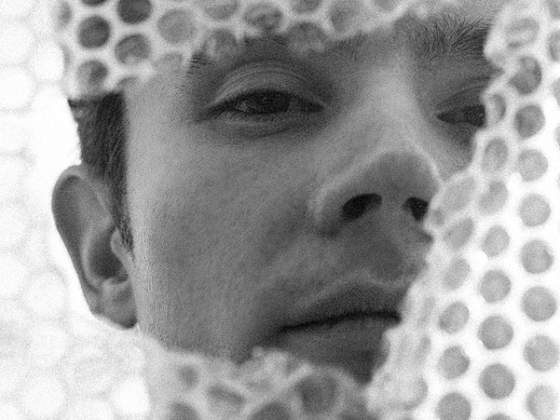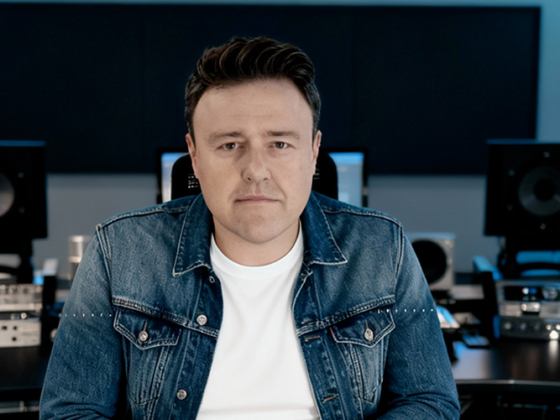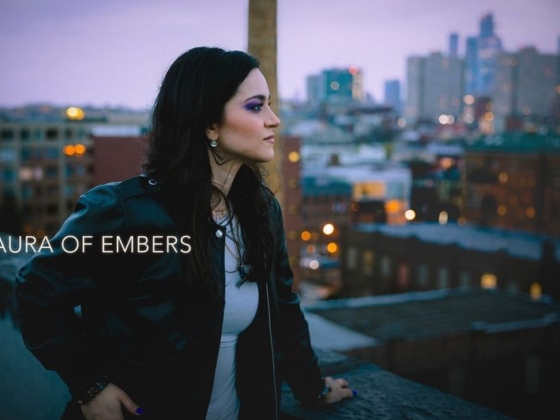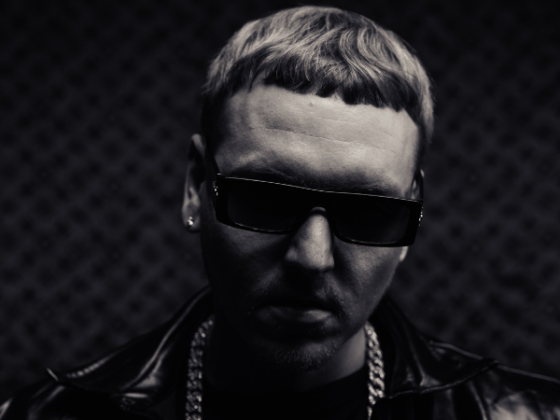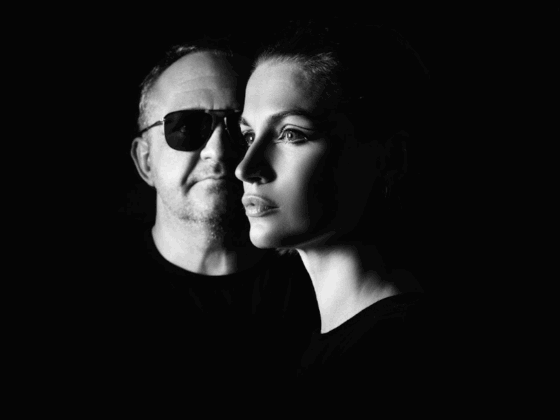Justin Jay walks valiantly through the world being led by a steadfast curiosity for making new sounds. Quickly becoming a notable force within the dance world, JJ continues to cement his place as one of the leaders in this exciting new generation of producers pushing the needle of music forward. From his 2011 tech-house Dirtybird debut "How Goes the Dynamite" up to the hybrid indie-electronic sounds of the Fantastic Voyage Pt. 1 album in 2016, it's clear that JJ refuses to allow his immense creativity to ever fall stagnant. Ahead of his highly-anticipated appearance at this weekend's Dirtybird Campout West, EARMILK is excited to share an exclusive look at "Future Feels", the title track off his debut EP out today via the beloved SoCal music collective Desert Hearts Records.
Justin Jay is, for a lack of a better word, a musical enigma. If anything, he's a willing martyr to his own unwavering pursuits for discovering new sounds. "Future Feels" displays a whole different side to the DJ right as many fans think they have him figured out. As a whole, this latest EP is a mix-match of minimal and lo-fi techno with little scatters of experimental. It's everything except what you would come to expect following the sun-soaked jam sessions of 'Fantastic Voyage' or the deep booty dropping bass of his speaker rattling Dirtybird releases. And that's what makes Justin Jay such an unstoppable force. While the title track delivers a more menacing lo-fi techno cut, its B-side track "Rave Tool" features off-kilter synth play and experimental structure, unlike anything we've seen thus far. Thankfully, EARMILK had the chance to catch up with Justin Jay to expand a bit more about the inspiration for that track and the tools he used to create a few of the sounds.
"I was researching early Aphex Twin techniques, searching through a lot of his interviews but he kept to himself a lot during those earlier times. Then my friend Sam and I finally found this random interview somewhere that he spoke about using a type of program called FastTracker. Tracker is essentially a type of music-making software, that's in the form of Microsoft Excel. It's like a spreadsheet of music. So instead of dealing with notes and samples, you're literally dealing with a chart. You put in your various notes in the grid, press play, and it just goes through the chart. It was super nerdy, almost like not musical and very much more like early computer science. It made the full Sonic incredibly hard to use, as you have to input things into a chart manually and you can end up with music that's either irregular or very repetitive. but you do end up with some great random stuff. And so a lot of the drums and vocal chops in "Rave Tool" comes out of that tracker." Justin Jay
There's something inherently admirable in witnessing artists continue to innovate and put themselves outside of their own comfort zone. It's no wonder Justin Jay has synced up with the equally innovative and fast-rising dance collective Desert Hearts. Through their global City Hearts tour, critically acclaimed music festival and chart-topping releases, Desert Hearts share in a similar ethos of pushing the boundaries of art, music, and experiences. Justin Jay shared a bit of insight on how that match came together.
"I met Mikey (Desert Hearts founding member) when I was 19. I was playing a show in San Diego at a restaurant, and he and his girlfriend came through. Right away I was like, this guy has a great hat, I immediately trust him, haha. And it's been crazy witnessing their growth and their journey over the years as I was going through my own. It's really been incredible and inspiring to watch Mikey and the whole Desert Hearts crew touring nonstop and really making a name for themselves in dance music. I actually send Mikey a bunch of music. This EP felt right to send his way because really, we're all just a huge supportive dance community in California right now. It's wild to be a part of it." Justin Jay

